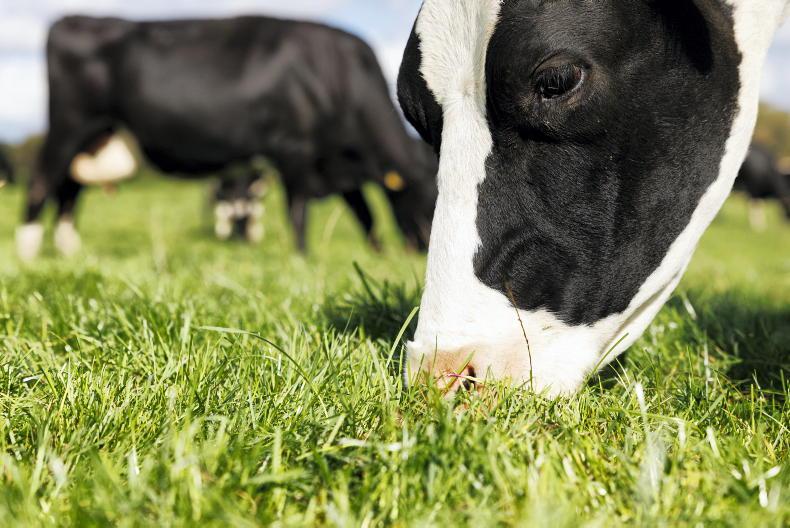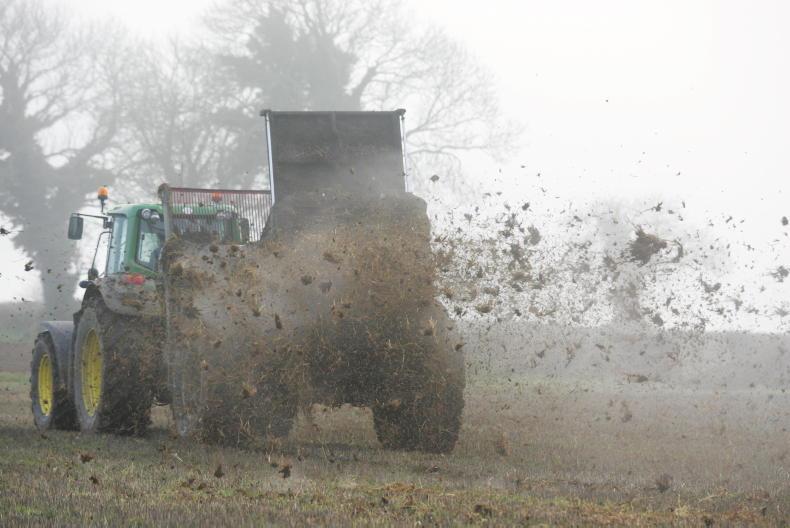Weather
Recently, the weather for most has been bad, and soil is now extremely wet in many areas. The remaining crops to be harvested are now in bad condition, but hopefully some dry weather comes next week.
This wet spell comes at Ploughing week, when many eager to sow start to move, and some in the northwest escaped the rain and planted.
However, it is very early to plant if we are to reduce the risks of disease, barley yellow dwarf virus and grass weeds. Hopefully the weather picks up quickly to allow land to dry out and get winter cereals in this year. October is the ideal time to start planting, so there’s plenty of time yet.
Three-crop rule
Remember you must abide by the crop diversification requirements this season unless told otherwise. If you have over 30ha of tillage you need to plant three crops, and the two main crops cannot make up more than 95% of the arable land.
If you have 10-30ha of tillage land, you need to grow two crops and one crop cannot make up more than 75% of the land area. If you have less than 10ha of tillage then you do not need to worry about cropping areas.
Crop rotation requirement
Crop rotation is a requirement under the new CAP. At least two crops must be grown on each land parcel in a four-year period. This could be spring barley for three years and winter barley for one year, but do not leave it until the last year to carry out the rotation.
2023 was the start of the new CAP. There are some instances where you can plant cover crops instead of carrying out this requirement, but talk to your adviser on this.
Recommended lists
The winter wheat and winter oat recommended lists are on the tillage pages this week, so take a look through them. I know many of you will have ordered your seed already.
The lists provide important information on disease resistance and straw quality. The yield figure is important, but check the grain quality. If you’re in the northeast, good resistance to yellow rust will be important.
Good resistance to Septoria is important everywhere, but pressure is usually highest in the south of the country.
Seed rate calculator
When ordering seed, make sure to get the thousand grain weight (TGW) to calculate how much you need.
To calculate the seed rate you need to multiply the target plant population by the TGW and then divide this figure by the estimated plant establishment percentage.
For example, you might target 250 plants/m² in winter wheat at the beginning of October, multiply by a TGW of 52 and divide by 80% establishment to give you a seed rate of 163kg/ha.
NGT consultation
A public consultation on new genomic breeding techniques is currently underway. This consultation applies to using gene-edited crops. Any member of the public can submit their views to the consultation. Email your submission to ngtconsultation@agriculture.gov.ie by 4pm on 25 September 2023.









SHARING OPTIONS